The future of Shadegan wetlands in Khuzestan, southwest Iran, remains under threat. The wetlands, which are home to a variety of birds and fish, continue to deteriorate under the strain of pollution, mis-managed water supplies, and the effects of climate change.
In the late 1980s and 1990s, there was a major push to produce sugarcane in the region, despite the fact that the crop was not native to the area. Sugarcane production requires a large amount of water, and the pesticides used have contributed to pollution. Crops like sugarcane have also led to high amounts of salt in Shadegan and other wetlands.
In recent years, Khuzestan has also suffered a number of devastating dust storms, further helping to deplete the wetlands in the west and southwestern areas of the province. The lives of fish, birds and flora and fauna are all under threat — but so too are the lives of people living there. Not only is the air quality often very poor, but as the ponds and marshes have dried up, it has had a negative impact on people’s livelihoods too.
Also read:
Dust Storms Wreak Havoc on Economy
Dying Lake Urmia Threatens Human Rights
visit the accountability section
In this section of Iran Wire, you can contact the officials and launch your campaign for various problems























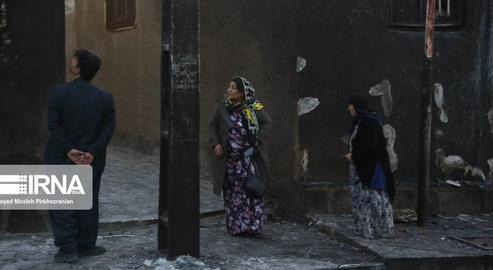
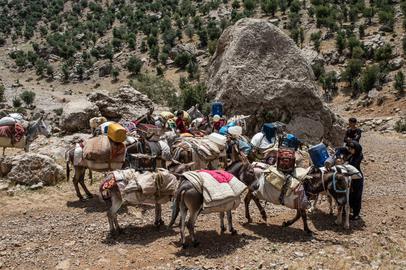
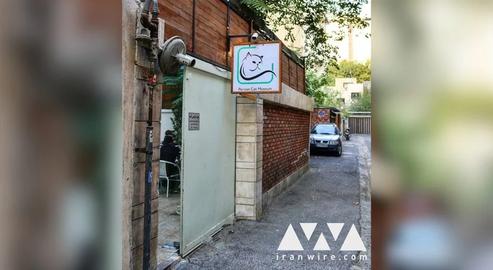

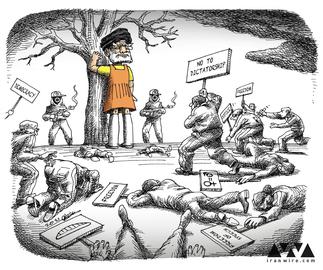
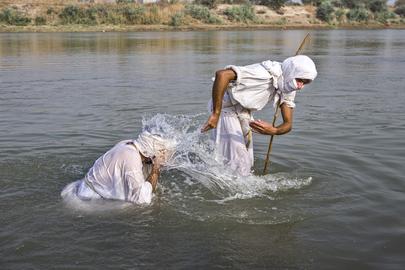
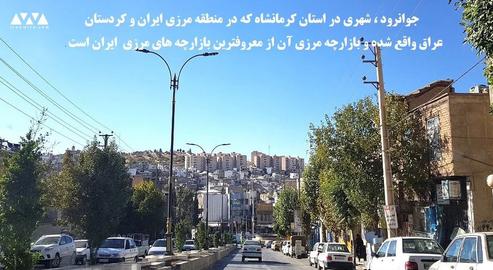

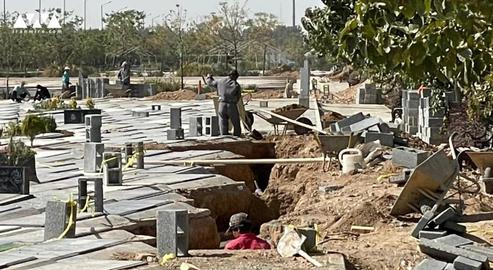



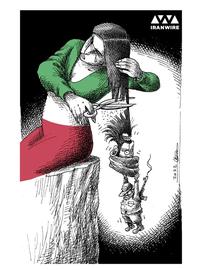






comments